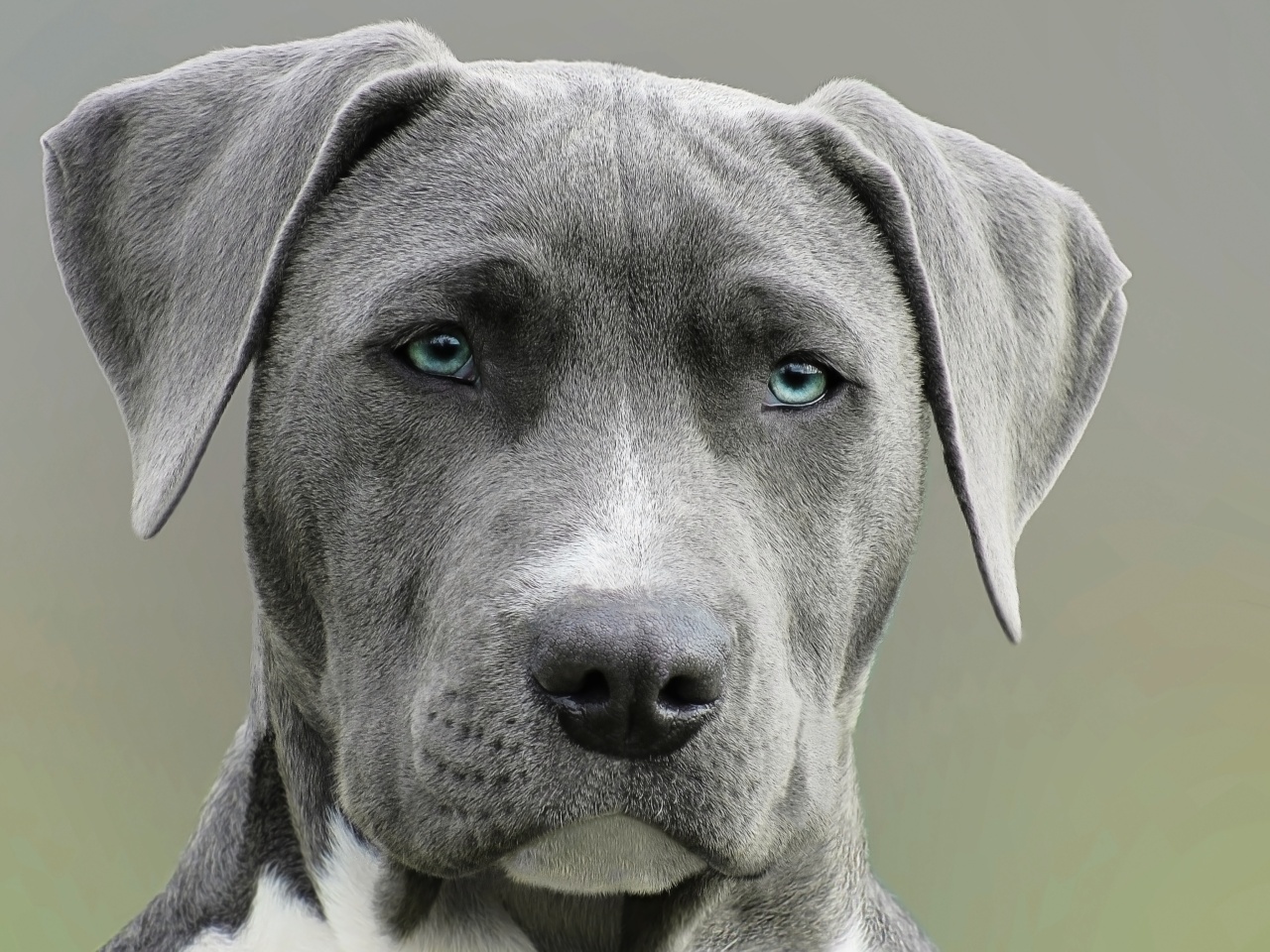Canine cancer detection has become an exciting field of research in recent years, thanks to the remarkable olfactory abilities of dogs.
These four-legged companions have an incredible sense of smell that can be harnessed to detect various types of cancer in humans. This article will delve into the science behind a dog’s nose and its potential for early cancer detection.
The Power of the Canine Nose
The canine nose is a masterpiece of evolution. Dogs have up to 300 million olfactory receptors in their noses, whereas humans only have around 6 million.
This enormous difference not only enables dogs to have a highly refined sense of smell but also allows them to detect incredibly minute odor concentrations.
Olfactory Training and Cancer Detection
Researchers have been training dogs to detect cancer by using their exceptional olfactory powers. It all starts with exposing the dogs to samples of cancerous and non-cancerous tissues or biological fluids.
By using a reward-based system, the dogs learn to associate a specific scent with a reward, such as a treat or playtime. Through this process, they acquire the ability to detect cancer cells or the byproducts of cancer in a patient’s breath, urine, or tissue samples.
Detecting Different Types of Cancer
Studies have shown that dogs can be trained to detect various types of cancer, including lung, breast, ovarian, colorectal, and prostate cancer.
For example, a study conducted at the Pine Street Foundation in California trained five dogs to detect lung and breast cancer by sniffing the patients’ breath. The dogs achieved an accuracy rate of 99% for lung cancer and 88% for breast cancer.
The Science Behind a Dog’s Nose
A dog’s sense of smell is a complex biological system that involves several factors. The primary olfactory system is responsible for detecting scents, while the vomeronasal organ detects pheromones.
These specialized systems work in harmony, allowing dogs to identify specific odors and distinguish between different scents. Furthermore, the airflow through a dog’s nose is optimized for odor detection, with the ability to inhale and exhale separately, allowing for continuous sampling of the environment.
The Role of Volatile Organic Compounds (VOCs)
When cancer cells undergo metabolic changes, they release volatile organic compounds (VOCs) that are detectable by dogs. These VOCs can be found in a patient’s breath, urine, and even in cancerous tissues.
Dogs are capable of sensing these compounds at incredibly low concentrations, often before any other diagnostic method can detect the presence of cancer. The ability to detect VOCs is not limited to cancer; dogs have also been trained to detect other medical conditions, such as diabetes and epileptic seizures.
Advantages of Canine Cancer Detection
Canine cancer detection offers several advantages over conventional diagnostic methods. It is non-invasive, painless, and relatively inexpensive compared to traditional lab tests or imaging techniques.
Moreover, dogs can detect cancer at its early stages when it may be more treatable, potentially saving lives in the process. Additionally, trained dogs can screen large numbers of samples quickly, making them useful in large-scale cancer screening programs.
Challenges and Limitations
While the potential of canine cancer detection is promising, there are some challenges and limitations to be aware of. One of the limitations is the need for rigorous training and standardization.
Each dog must undergo extensive training to ensure accurate and consistent results. Another challenge is the inability to communicate their findings directly. Dogs cannot tell us if they have detected cancer or not, making it necessary to rely on training protocols and interpretation by human handlers.
Future Directions in Canine Cancer Detection
As research on canine cancer detection progresses, new technologies and methods are being developed to enhance its potential.
For example, some researchers are exploring the use of artificial sensor systems that mimic a dog’s highly sensitive olfactory capabilities. These sensor systems can analyze volatile compounds and provide instant feedback on the presence of cancer.
Additionally, advancements in machine learning and artificial intelligence could further improve the accuracy and reliability of canine cancer detection.
Ethical Considerations and Human-Dog Collaboration
While canine cancer detection holds great promise, ethical considerations must be taken into account. The well-being of the dogs involved in these studies and their training is of utmost importance.
Researchers and handlers must ensure that the dogs receive proper care and attention throughout the process. Moreover, establishing collaboration between dogs and humans in the field of cancer detection showcases the remarkable bond between our species and highlights the potential for mutually beneficial partnerships in healthcare.
Conclusion
Canine cancer detection is a fascinating field that harnesses the extraordinary olfactory abilities of dogs for early cancer diagnosis.
Their sense of smell, coupled with specialized training, enables them to detect various types of cancer with impressive accuracy. While there are challenges and limitations, ongoing research and technological advancements are paving the way for even more effective and efficient canine cancer detection methods.
This field showcases the incredible potential of interdisciplinary collaborations between humans and animals in the realm of medical science.





























